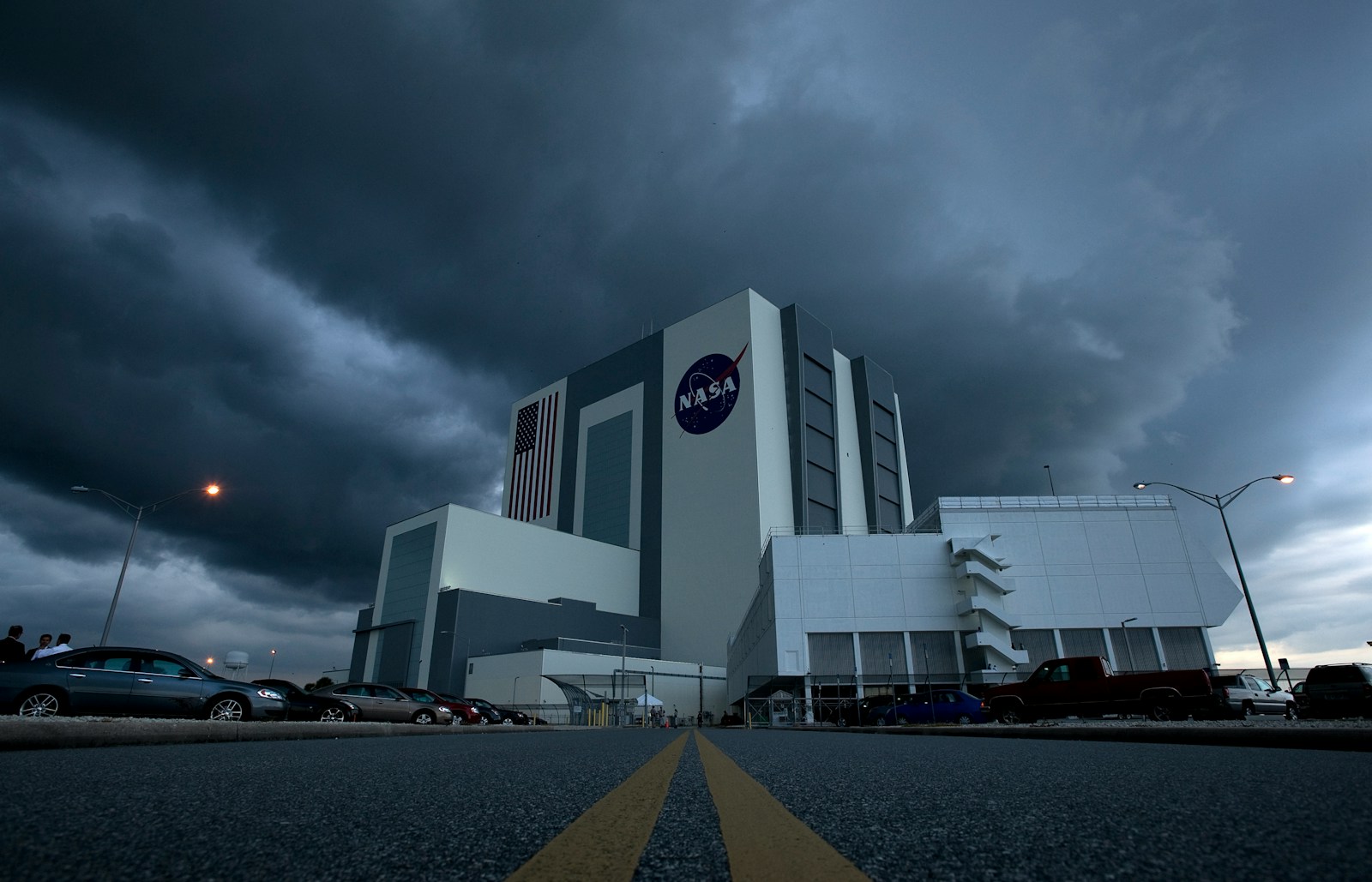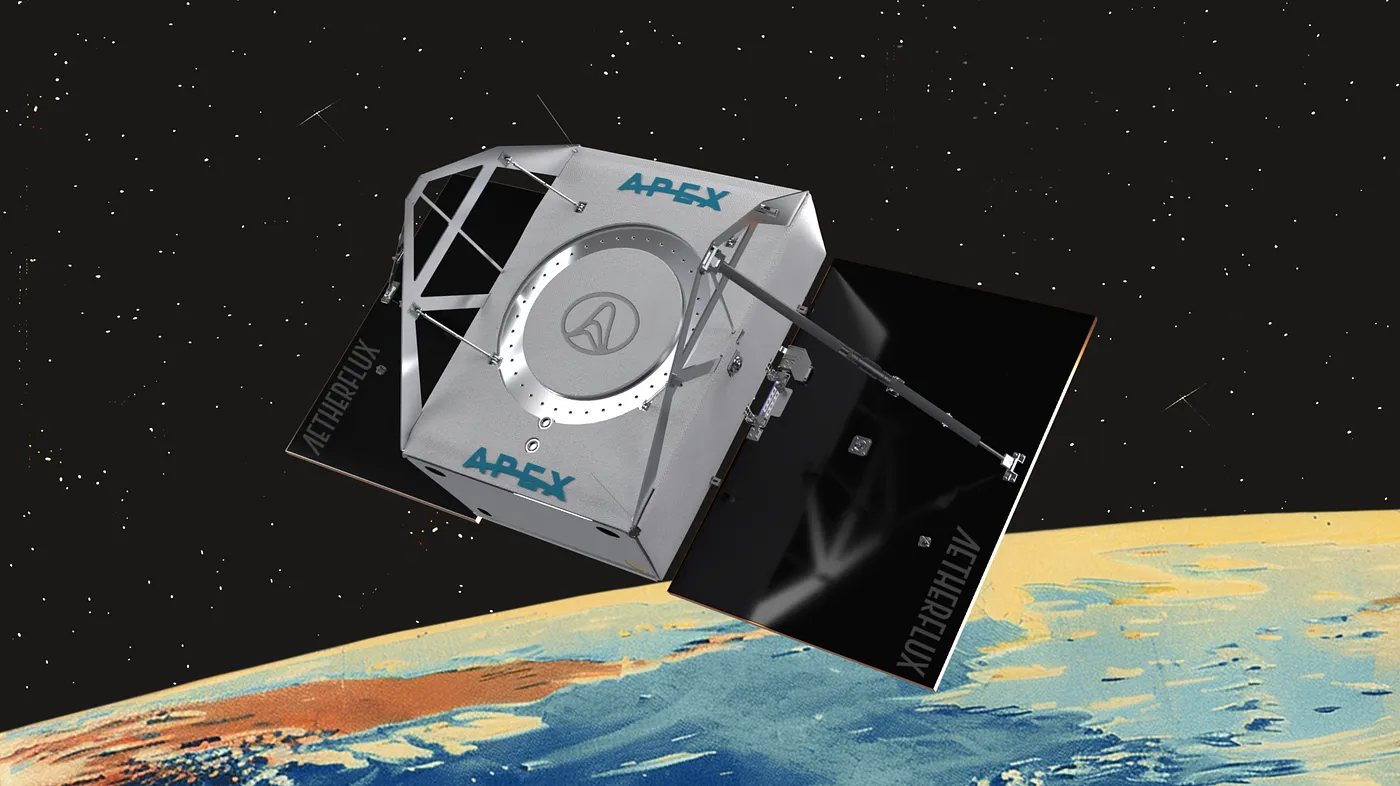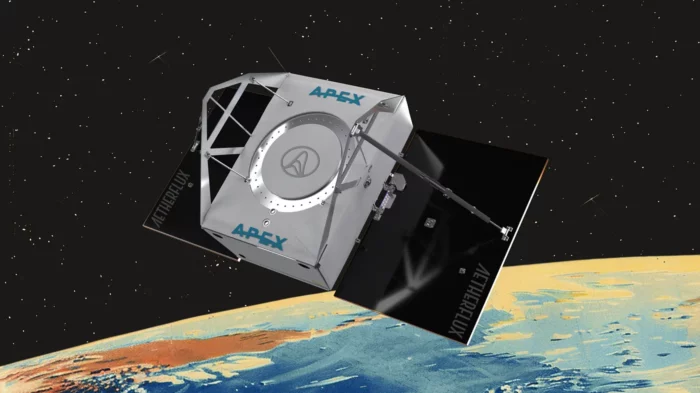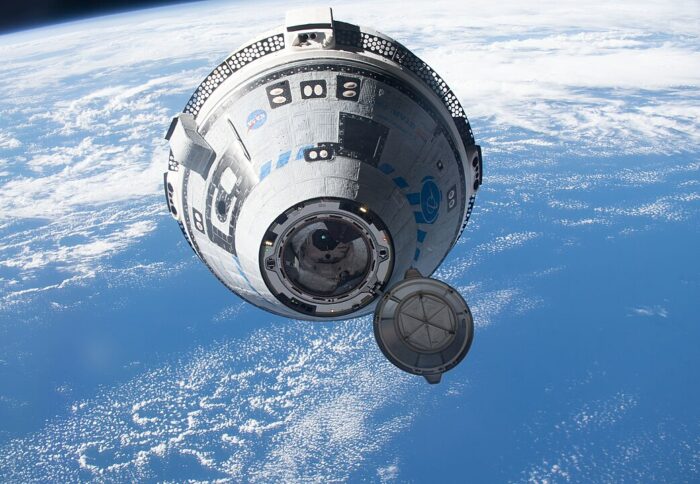By: Julia Seibert
It’s landed mankind on the moon, sent probes into interstellar space, peered deeper into the universe than anyone before. But as it sets its sights back on the moon, NASA’s budget today is still nowhere near that of its 1960s glory days. With the deadlines for its lunar launch dates fast approaching and with the many uncertainties surrounding the new administration, here’s a look at how NASA’s budget has changed over time – and what the financial future may hold for the world’s biggest civil space agency.
What is NASA’s Budget & How is It Determined?
NASA’s budget is the amount of money allocated to the agency by the US government. The money is split between its major program divisions; these days, its deep space exploration division (synonymous with its lunar program Artemis) takes up roughly 30% of the budget, closely followed by science, also lingering at almost 30%. Space operations, including its commercial development contracts for Low Earth Orbit (LEO), come in at around 16%; Safety, Security, and Mission Services (essentially facilities and management) get about 12%, and the rest is split between space technology, aeronautics, construction and environmental compliance, and education.
The money allocated to NASA falls under ‘discretionary’ spending in the US, which means that the budget – and the way it’s divided within the agency – is determined by US Congress every year. The process starts with a budget proposal from the president. This is then sent to Congress, where legislators go over the proposed money and allocations and argue about whether it’s appropriate. Once there’s a consensus, the budget is passed and signed by the president.

NASA’s Budget Over Time: A Historical Perspective
1958–1970: The Early Years and the Apollo Era
The Apollo days was NASA’s golden era; after the agency’s founding in 1958, its budget rose meteorically as spaceflight took on a global importance at the height of the Cold War. NASA’s very existence is a direct result of the Soviet Union’s 1957 launch of its Sputnik satellite and the US’s scrambling to catch up; the space race that followed was really a race to show technological superiority, of which landing a man on the moon was the ultimate proof. As documented by the Planetary Society, NASA’s budget (adjusted for inflation) swelled from about $5 billion in 1958 to an all-time high of over $67 billion in 1964 and 65, at times making up over 4% of the federal budget. The budget began to drop after that, but was still a cool ~$41 billion by the time Apollo 11 won the US the space race in 1969.
1970–1990: Post-Apollo and the Space Shuttle Era
After the US’s space race triumph in 1969, both the public and politicians lost interest. Though NASA landed another handful of astronauts on the moon, the agency had proven its point; the country moved on to preoccupation with other matters, such as the Vietnam war, and there was no longer a political need for manned deep space exploration. By the time the last Apollo mission took flight in 1972, NASA’s budget had dropped to $28.5 billion (again, adjusted for inflation).
So NASA scrapped its more ambitious human spaceflight plans, and instead mucked around in LEO for the next few decades. In the 1970s, the agency launched its first space station – Skylab – and pulled off the ‘handshake in space’ with the Soviets; it also launched a bevy of space telescopes, Earth observation satellites, and space probes (including Voyagers 1 and 2).
But throughout the 1970s, NASA was laying the groundworks for its next major project: the Space Shuttle. The program was riddled with problems even before its first mission in 1981. To ensure the program survived the stingy budgets, for example, NASA fiddled with the shuttle’s design until it could launch not just astronauts, but a variety of satellites and space probes; this made the shuttle clunkier and more dangerous than it needed to be. It also became exorbitantly expensive, in part due to the juicy contracts handed to companies like Boeing, who had significant pull in Congress. Over its lifetime, the shuttle killed 14 astronauts in the 1986 Challenger and 2003 Columbia disasters; NASA’s budget lingered around the $23.5 billion-range during the first half of the 1980s, though it jumped to around $30 billion in 1987 to pay for a replacement for Challenger and improve the program’s safety.
1990–2010: The International Space Station and Mars Exploration
Shuttle missions continued into the 1990s, including a few visits to Mir, the Russian (former Soviet) space station. But the Soviet Union’s collapse put the future of Mir’s successor in jeopardy; meanwhile, NASA and the European Space Agency (ESA) were facing issues with their own planned station, Freedom. In 1993, the US and Russia unveiled plans for a joint space station, later named the International Space Station (ISS). The projects – first Freedom, then ISS – caused NASA’s budget to sit at ~$30 billion during the first half of the 1990s before dropping to around $25.5 billion in 2000.
The budget remained at roughly this level throughout the next decade, when NASA’s main focus was building out and supplying the ISS with the Shuttle. But the agency was also beginning to take a renewed interest in deep space exploration; the Constellation program, established in 2005, aimed to return humans to the moon by 2020 and eventually move on to Mars. Though the program was killed in 2010 due to insufficient funding, it laid the groundworks for NASA’s next endeavor.
2010–Present: Renewed Interest in Deep Space Exploration
The shuttle program retired a year after Constellation was nixed, and NASA needed something new to sink its teeth into; if it didn’t find something fast, it risked extinguishing thousands of jobs for politically influential Shuttle contractors like Boeing. NASA’s solution was the Space Launch System (SLS) rocket, based largely on Shuttle and Constellation tech; this way, it would keep many of the old jobs in place. This was signed into law in 2011, but it wasn’t until 2017 that the US found something for the rocket to do: return humans to the moon via a new program called Artemis. SLS, however, inherited many of the Shuttle’s ailments; in a state of perpetual delay, it racked up a development cost of over $26 billion by 2023. Meanwhile, NASA’s budget had dropped as low as ~$23 billion following the Shuttle’s retirement, and today sits at around $25 billion.
It’s a far cry from the riches NASA had during the Apollo era, but the agency is no longer in it alone. Over the last two decades, the US space scene became a commercial hothouse; back then, NASA had made the smart decision to invest in (and financially save) a young commercial launch company by the name of SpaceX, which went on to develop reusable rockets that revolutionized the US’s space capability. Now with hundreds of young companies and their tech at its disposal, NASA’s making its meagre budget go further by outsourcing many of its mission components.
What is The NASA’s Budget in 2025?
NASA’s final budget for Fiscal Year 2025 has not yet been revealed, but based on the president’s budget request (PBR) and proposals from Congress, it doesn’t seem to be very different than years prior; the PBR proposed $25.384 billion – a 2% increase over last year – while the House of Representatives proposed a 1% bump.
Factors Influencing NASA’s Budget
NASA’s budget isn’t only shaped by the scientific endeavors of the agency itself. It’s still a political beast at heart; lobbying from contractors like Boeing wield significant power over major programs like Artemis, for example, and the economic climate also has a part to play. In addition, NASA is a major source of US national prestige, especially now that Artemis is being pushed to beat China to the moon. While the US Space Force handles the military matters, NASA and space exploration goes to the core of the US’s national image and soft power.
The Future of NASA’s Budget
The Planetary Society, a nonprofit that frequently publishes research on the space industry, predicts NASA’s budget to increase only slightly, to around $28 billion, by 2028. But while it’s not actually decreasing, another report by Planetary notes that a stagnant budget might still spell bad news for NASA; since 2020, the agency has lost $1.7 billion in buying power due to inflation, most of it hitting the Science division. The effects are already obvious; the Geospace Dynamics Constellation is on the chopping block, for example, and the agency is exploring commercial options for its Mars Sample Return mission. NASA’s already outsourcing its ISS missions and Artemis lunar landers (among several other projects), and it’s likely that the agency will continue to rely on commercial providers to make its budget stretch further.
Meanwhile, change could be on the horizon as US president Trump, flanked by SpaceX CEO Elon Musk, cuts government spending across the board; there’s already a good chance the SLS gets cancelled, which would fundamentally shift NASA’s finances. If and until that happens, though, NASA’s got to keep up its delicate balancing act between science, politics, and a moon landing – all while the world watches.
Share this article:











